Eurasian Wolf
The Eurasian wolf, as the name suggests, is a canid subspecies found across Europe and Asia. It is a carnivore that has largely had its population cut down during various periods of history, but currently, conservation efforts have ensured that it thrives across the range that it inhabits. Its numbers are believed to be generally stable.
Scientific Classification
| Kingdom | Animalia |
| Phylum | Chordata |
| Class | Mammalia |
| Order | Carnivora |
| Family | Canidae |
| Genus | Canis |
| Species | C. lupus |
| Scientific Name | Canis lupus lupus |
Quick Information
| Other Names | Common wolf, Carpathian wolf, European wolf, Steppes wolf, Tibetan wolf, Chinese wolf, middle Russian forest wolf, Eurasian gray wolf |
| Physical Characteristics | Size: Males 30 in (76.2 cm); females are roughly 20% smaller than males Weight: 70-130 lbs (31.8-59 kg) Color: Tawny coat of coarse and short fur, white patches on the throat that extend but just fall short of the cheeks |
| Where are they found | Western Europe, Scandinavia, Russia, China, Mongolia and the Himalayas |
| Habitat | Tundra, taiga, deserts, plains and mountains |
| Lifespan | 7-8 years |
| Diet | Medium sized ungulates, chamois, moufflon, wild boar, saiga, roe deer, red deer, livestock; occasionally hares and frogs; largest prey in Europe is the wisent, while in Asia, yak |
| Vocalizations/Sounds | Whines, growls, and barking sounds like a dog, it most commonly communicates through howling |
| Adaptation | The fur is specifically suited for them to survive in the cold climes that it lives in |
| Breeding Season | January to March |
| Gestation Period | 7 weeks |
| Litter Size | 4-7 puppies |
| Enemies | Other predators co-inhabiting their range |
| IUCN Conservation Status | Least Concern |
Behavior
Eurasian wolves display social characteristics, forming large packs. This behavior is, however, variable as some populations in Europe have been seen to be solo hunters.
Mating and Reproduction
Mating takes place between the alpha male and alpha female of a pack. This is done to ensure that only the strongest genes are carried forward.
Life Cycle
Cubs are born blind and deaf. They are looked after by the entire pack, which bring food into the den where the young are kept. Foods brought in for the cubs are either full or regurgitated by adult members of the pack.
Interesting Facts
- Although the howls of the Eurasian wolf and the North American Gray wolf appear to be different to human ears, they understand each other quite well.
- It is currently the most widely spread of the wolf subspecies.
- Eurasian wolves are regarded highly in various European cultures, including the Greek, Roman, Baltic, Celtic, etc. Germanic people of yore, however, had both regard and contempt for this animal.
References
Published on October 19th 2016 by Sudipto Chakrabarti under Coniferous Forest Animals.
Article was last reviewed on 9th May 2023.


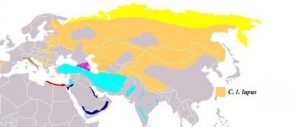
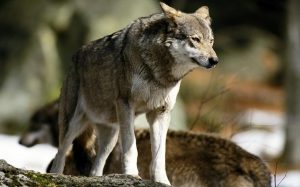
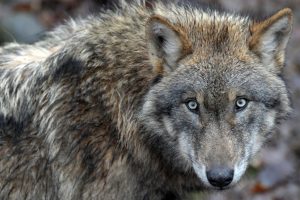
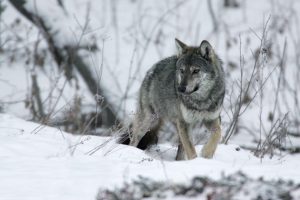
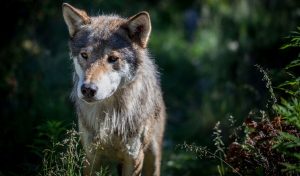
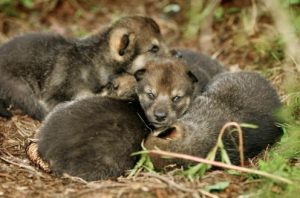
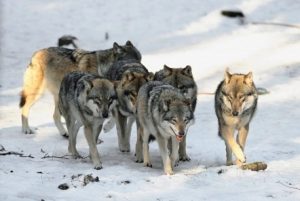
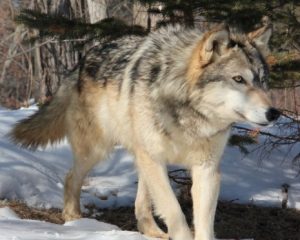
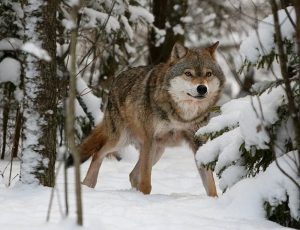

It’s very hlepful and good